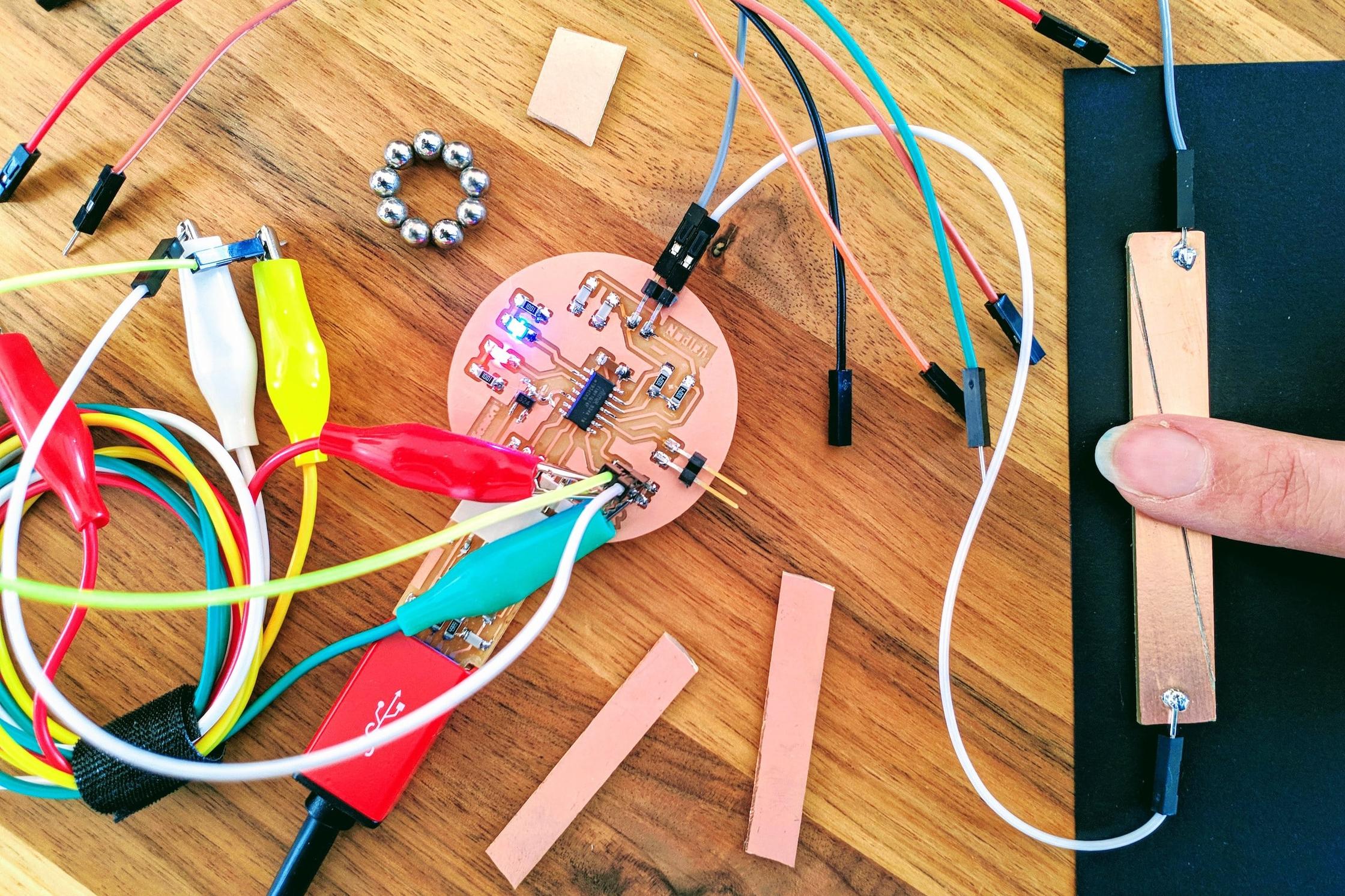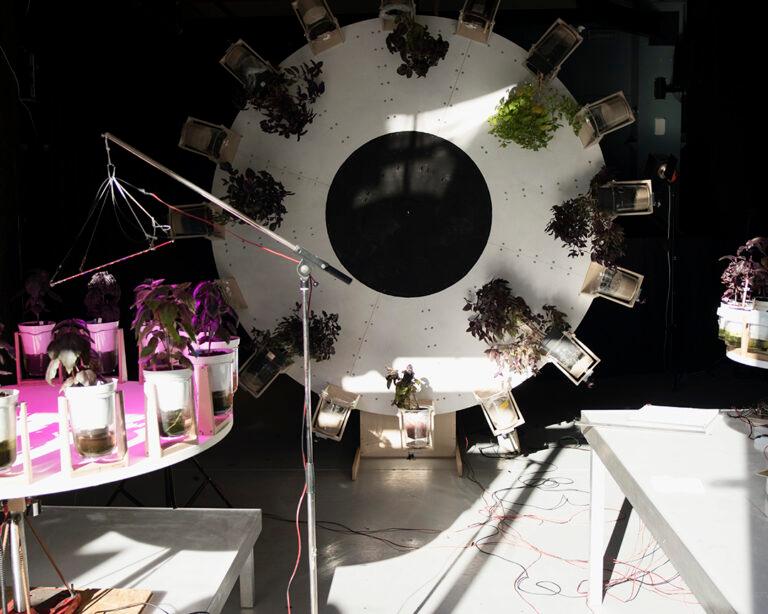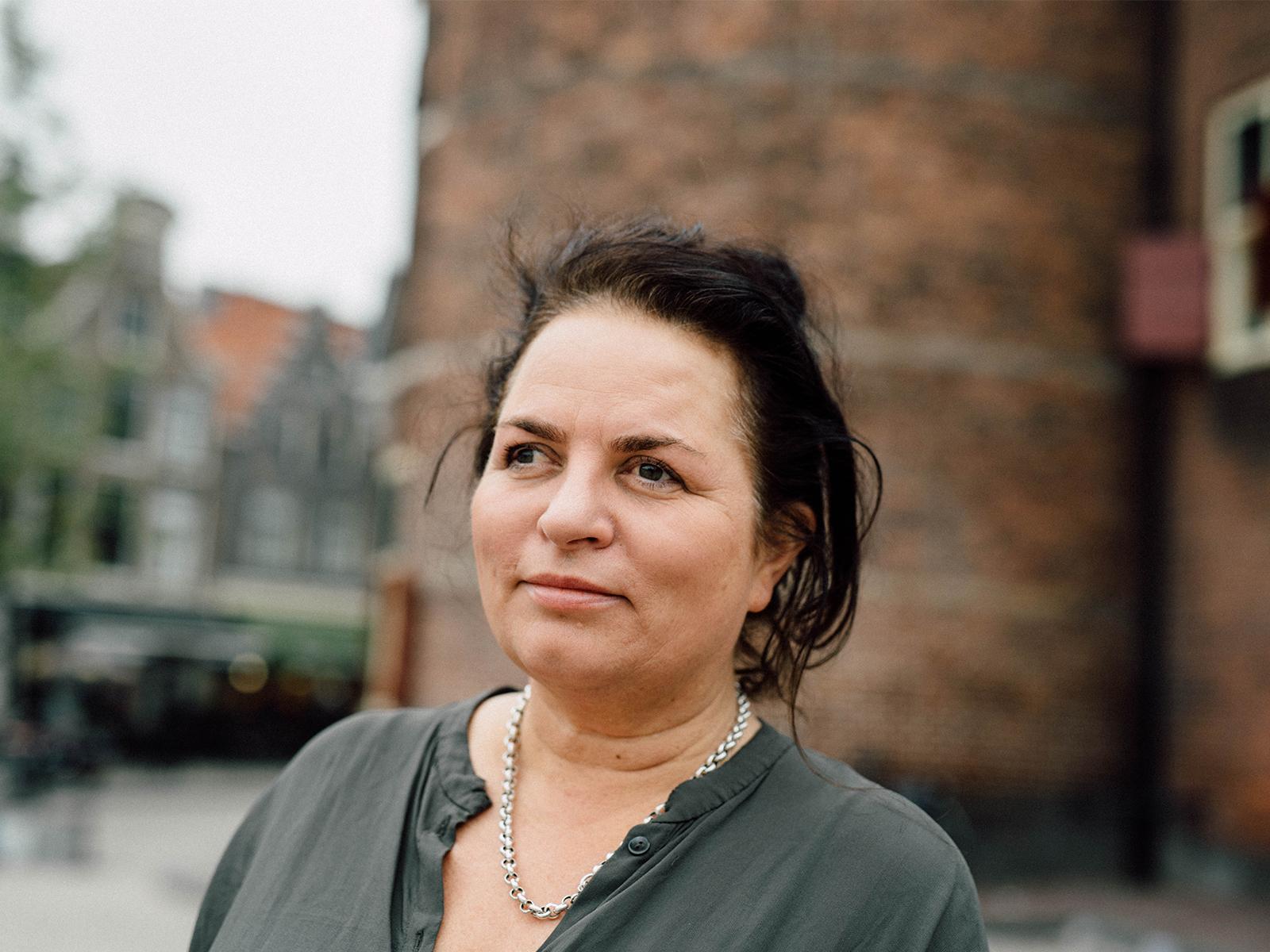Waag is celebrating the fifteen (and a half) year anniversary of its Fablab this week. Come to the lecture and conversation with Marleen Stikker and Neil Gershenfeld, among others, on Friday, January 13 at 3:00 pm at the HvA (location Kohnstammhuis). Or party along later in the evening (from 20:00) at the Fablab in the Waag!
to make (almost) anything
In 2007, Waag founded the Fablab Amsterdam. The Internet was beginning to exit the screen. In addition to screen and mouse, the screwdriver, soldering iron and glue tongs could be found more and more often. Story tables, multimedia turntables ... it was time to set up a proper workshop for digital tinkering at the Waag. As a historic place for crafts and guilds, the Waag also became a media guild. With the development of affordable digital manufacturing machines like 3D printers and laser cutters, the fabrication process democratized. After the personal computer, it was now time for personal fabrication. Waag became one of the first Fablabs in Europe. MIT professor Neil Gershenfeld laid the foundation of the worldwide Fablab movement with his course How to make (almost) anything. Affiliated Fablabs use the same open standards and machines that allow digital designs to be shared worldwide.

Open design
For Waag Futurelab, the Fablab is closely linked to its initiatives around open design and the creative commons. The connectedness of the Internet, knowledge sharing and transparency in production chains radically turned ownership, revenue models and licensing upside down. The Fablab in Amsterdam gave birth to the first ideas for Fairphone, according to The Guardian is "the most ethical phone in the world." The Fablab developed the self-adaptable prosthesis, which later evolved into a vibrant community around open design in healthcare called Make Health.

Fab Academy
In more than 70 Fablabs around the world, it is possible to attend the Fab Academy. With more than 250 students each year, this is a growing and creative community. A course lasts five months and takes place through a distributed education model. Students learn in local working groups, with peers, mentors and machines, which are then connected globally through content sharing and video links for interactive lessons. Students learn to use practically all the machines in the Fab Lab in 20 weeks. Following the Open Design principle and the maker mindset, all knowledge, designs and code gained are then extensively documented and shared. Many teachers and coordinators of makerspaces at Dutch education and Colleges have attended the Fab Academy at the Waag.

Many inspiring makers and making projects have come out of the Fab Academy:
- Nadieh Bremer received a lot of attention online for her beautiful light puzzle she developed during the Fab Academy at Waag.
- Bas Pijls developed RGBeacon to make it easier to connect the Internet of Things to computers.
- Elektor spent a day at the Fab Academy and wrote about it.
- Nadieh also described her Fab Academy adventure in detail.
- Check out the Hall of Fame of 'final projects' by Fab Academy alumni at Waag.
Fabschool, teacher makercamps and Maakplaats 021
With Fabschool, Waag developed the curriculum for maker literacy together with children. Teacher Makercamps were organized for teachers. Together with the OBA and others, the Waag set up dozens of makerspaces at OBA branches in Amsterdam. Waag Futurelab. The Fablab also laid the foundation for other knowledge-sharing programs at Waag, such as Biohack Academy and the Textile Academy.
"You see Fablabs and Makerspaces becoming more and more part of the city's technological infrastructure." - Marleen Stikker
Waag director Marleen Stikker: 'You can see that Fablabs and Makerspaces are increasingly becoming part of the city's technological infrastructure. This is good news and also much needed, because we need local and circular solutions, creativity and makers for a sustainable city for the future. That is where Fablabs can play an important role."
Open days
Waag regularly has open days for people who are curious about the Fablab. Would you also like to stop by Waag's Fablab? Starting Jan. 26, the lab will be open every Thursday from 10 a.m. to 5 p.m.


